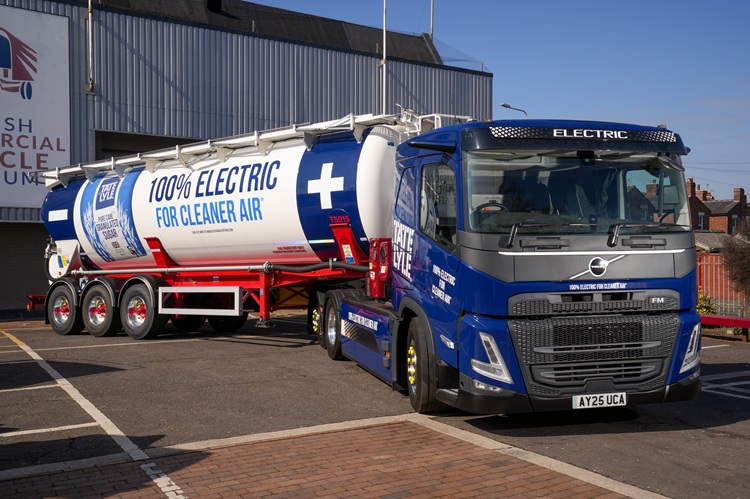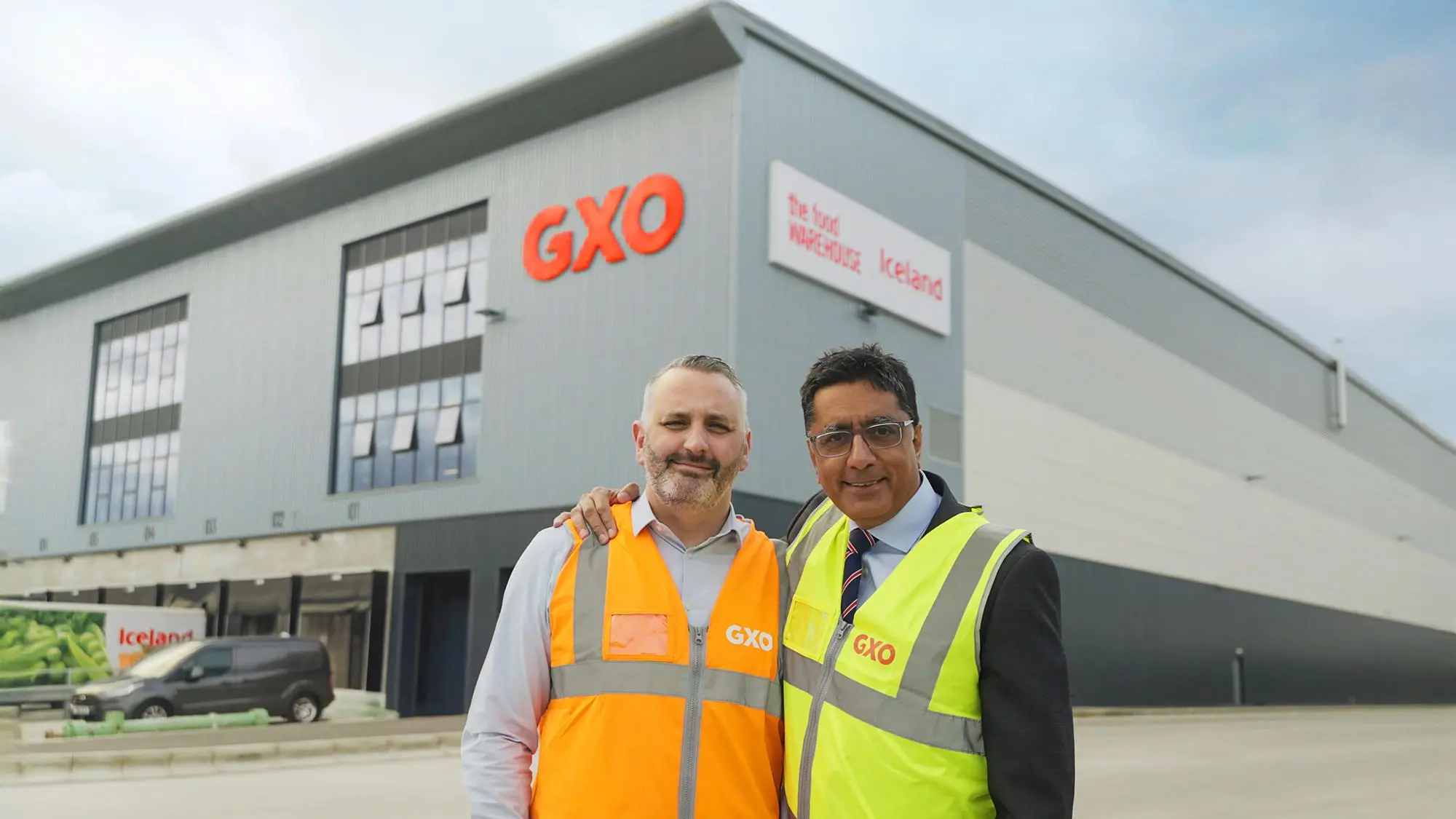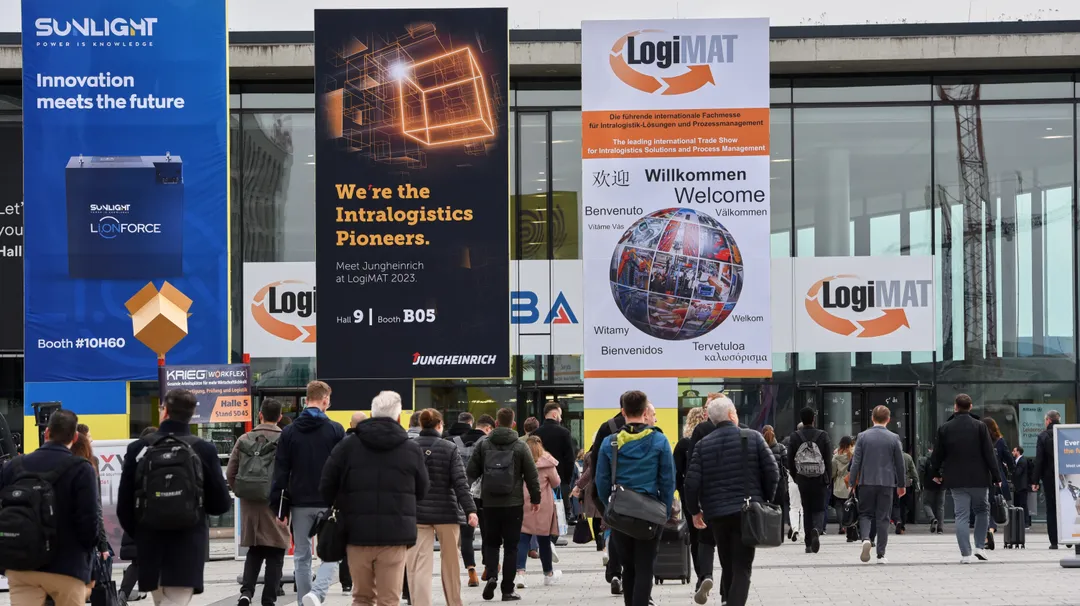XPO Logistics has entered into a major new partnership with PepsiCo to become their chosen core transport partner for England and Wales. The partnership with XPO Logistics will operate across all four of its main UK distribution sites in Leicester, Lutterworth, Coventry, and Warrington.
PepsiCo is one of the world’s leading food and beverage manufacturers. Every day, millions of people across the UK enjoy PepsiCo’s snacks, oats and carbonated soft drinks. The company’s portfolio encompasses world famous brands such as Pepsi MAX, Doritos, 7UP Zero Sugar, and Quaker Oats, alongside its much-loved, local and regional brands, including Walkers, Wotsits, Monster Munch, and Pipers.
Beyond the cupboard staples and snack-time favourites, PepsiCo is a business committed to driving positive action for the planet and people, through its PepsiCo Positive (pep+) agenda. Launched in 2021, pep+ is PepsiCo’s end-to-end sustainability and business strategy. It’s a framework that drives action across agriculture, supply chains, product portfolios, and communities. To support this vision, PepsiCo has selected XPO Logistics as a key partner to advance its decarbonisation strategy in the UK.
Under the new partnership, XPO Logistics will deploy state-of-the-art Mercedes-Benz eActros electric vehicles, converting more than 1 million road kilometres annually from diesel to battery electric. This transition represents a reduction of over 1,200 tonnes of CO₂ emissions per year from PepsiCo’s transport operations — a critical step on the road to net zero emissions by 2050.
But sustainability is about more than just trucks. At the heart of the initiative is XPO Logistics’ proprietary CO₂ Reporting Dashboard, a cutting-edge tool powered by AI-driven scenario modelling, live data analytics, and proactive planning insights. This system enables PepsiCo to track, verify, and optimise carbon reduction strategies in real-time, while improving logistics efficiency and service to customers.
Dan Myers, Managing Director – UK and Ireland, XPO Logistics, said: “Sustainability is in our DNA. We are proud to partner with PepsiCo on this journey, combining investment in electric mobility with advanced technology and operational excellence. Our shared ambition goes beyond compliance — it’s about transformation. I believe this is just the beginning of what we can achieve together.”
This collaboration forms a key part of PepsiCo’s broader decarbonisation journey, demonstrating how purposeful partnerships can accelerate climate action and improve value chain resilience. With shared values, shared investment, and a shared vision, PepsiCo and XPO Logistics are delivering a positive impact for consumers, the supply chain, and the planet.
Heiko Selzam, Managing Director, Daimler Truck UK, said: “We are very proud to strengthen our partnership further with XPO Logistics with this order of our award-winning eActros 600s for the PepsiCo partnership. This commitment underscores the recognition of both companies of the critical role these vehicles will play in achieving their sustainability goals. Following extensive collaboration, this order firmly establishes the eActros 600 as a leading solution in the electric truck market. We are looking forward to seeing these trucks operational from 1 August.”
Andrew Smethurst, UK Logistics Director, PepsiCo, said, “XPO Logistics has shown itself to be the ideal partner to help advance our PepsiCo Positive ambition. From their industry-leading sustainability credentials to a strong safety culture and transparent operational model, their team has consistently delivered innovation and value. This new partnership will play a vital role in further reducing our logistics emissions as we move iconic products like Walkers crisps and Doritos to our customers across the UK.”
XPO Logistics is a leading innovative supply chain company in Europe, offering end-to-end logistics solutions that combine full-truckload, less-than-truckload, pallet distribution, last-mile delivery, global freight forwarding, and warehousing services. The company tailors its solutions to the specific needs of its customers in a wide range of industrial and consumer sectors.








![[Podcast] Electric Freightway: Decarbonising the UK’s HGVs](https://9e1ed6cd27b6b3199380.b-cdn.net/wp-content/uploads/2025/07/Designer.png)



